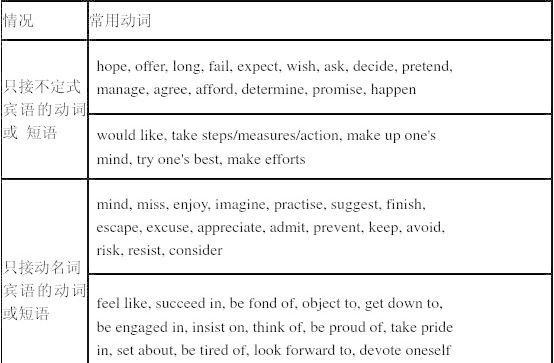在英语学习中,"with"后面的谓语动词通常需要使用动名词形式,如"She walked into the room with a smile on her face."。然而,在某些情况下,"with"后面也可以使用动词原形,如"He cut the cake with a knife."。此外,"with"后面还可以跟一些形容词或副词来表示状态或方式,如"She looked at him with admiration."。具体使用哪种形式,需要根据句子的具体语境来判断。

一般情况下,with后面的谓语动词需要使用动名词形式。例如:
- She walked into the room with a smile on her face.(她面带微笑地走进了房间。)
- With a little bit of luck, we might be able to finish the project on time.(有一点运气的话,我们也许能够按时完成这个项目。)
但是,在某些情况下,with后面也可以使用动词原形。例如:
- He cut the cake with a knife.(他用刀子切蛋糕。)
- I wrote this article with a pen.(我用笔写了这篇文章。)
此外,with后面还可以跟一些形容词或副词来表示状态或方式。例如:
- She looked at him with admiration.(她羡慕地看着他。)
- He spoke with confidence.(他自信地说话。)

